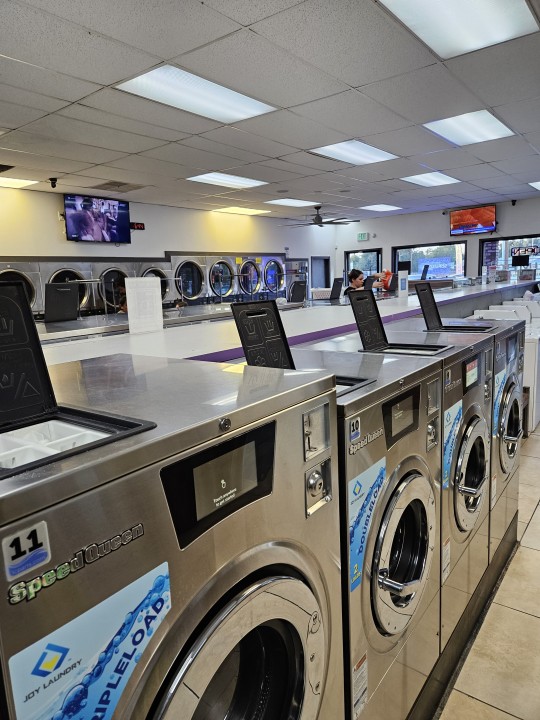#washing machines
Text
#washing machine#washing machines#washing clothes#clothes#random poll#tumblr polls#poll#saeunfiltered
15 notes
·
View notes
Text
Sunday Steve - Day Ten
Things that would be new or unfamiliar to Steve in the 21st century, either due to the time period he grew up in, or his social-economic status and other such factors.
Day Ten: Laundry — Washer and Dryers
Washing Machine
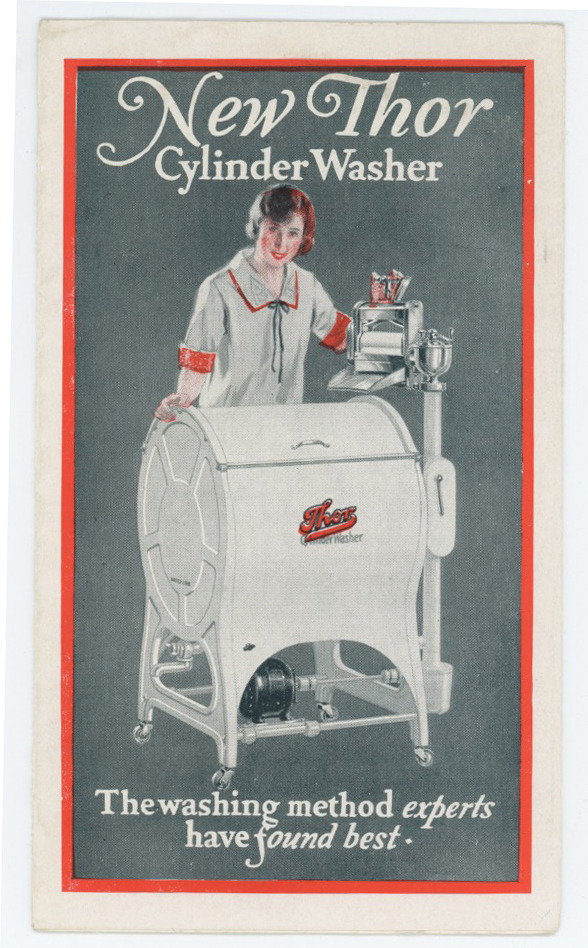
1920s ad for a Thor brand washing machine. One of the first electric washing machines. Note the exposed motor underneath that could shock users when wet. (Imagine Steve associating Thor with washing machines 😆).
Laundry machines have a long history. The first washing machines were invented in the late 1800s. There were mechanical, hand powered machines, consisting of drums full of water and handles to agitate the laundry and turn the rollers to squeeze water from washed clothes.
However, these devices were most common in middle class families. Poor families who could not afford the machines and rich families who did not have to worry about the labour of laundry likely did not have these machines.
Laundry was a laborious task and families who could afford it had hired help to do their laundry or they sent out their laundry to be cleaned and returned.
Here is an account of laundry days in the 1920s for a family who had a scullery. They used a 'washing copper' tub that was built into the floor and had a space for a fire underneath. It is interesting how it describes typical washing without a washing machine, but Steve and Sarah likely lived in a tenement apartment building and did not have these facilities available to them.
We will get into what Sarah probably did when Steve was growing up. But one last laundry innovation to talk about in the 20s was the electric washer. The first electrical washer appeared in the US before the first World War thanks to the invention of the small electric motor (Link).
This blog page gives a good overview of how a domestic electric washing machine worked in 1927. The metal drum was manually filled with water (if you didn't have a hose, lifting and pouring water into the drum was your fate). Pre-prepared soap was added then pre-soaked clothes could be washed. The machines could handle about ten pounds, so clothes had to be regularly transferred in and out. After the wash, clothes were wrung out and put in scalding rinse water to remove soap. Clothes were then wrung out again (maybe rinsed a few more times), starched, and hung to dry. Some families had heated dryer cupboards to hang their clothes.
Domestic washing machines inside the home were not common before the 50s. They were growing in popularity in the 30s, but I doubt Steve every used any type of washing machine in his own home. Depending on how well off you feel the Barneses were they may have had one, but I still feel this wasn't very likely.
In 1920 only 8% of US families owned a washing machine. And by 1941 "only 52% of U.S. families owned or had interior access to an electric washing machine—almost half of families were still hand rubbing or hand cranking laundry or using commercial services" (Link).
Tenement Laundry Days
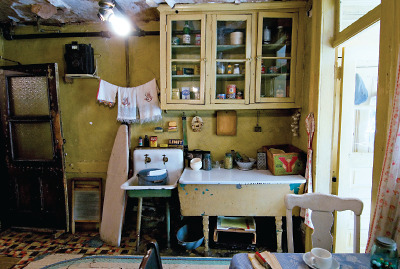
Reproduction of 1928-1935 tenement house.
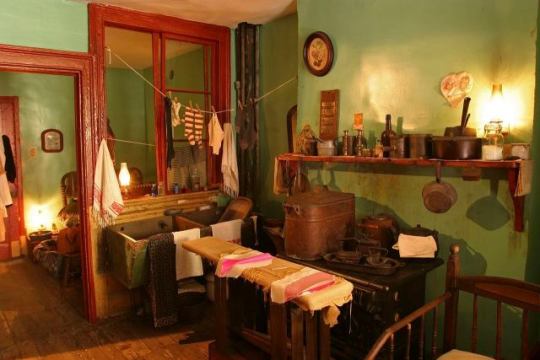
Reproduction of 1890s era tenement apartment.
Wash days were usually on Monday. Sarah probably did these steps: Soaking the laundry, scrubbing, boiling, wringing, rinsing, wringing agin, and finally, hanging to dry. (Link)
In the second picture above a scrub board can be seen in the deep sink. The sink was likely used for soaking, scrubbing and rinsing. Scrub boards were used well into the 20th century.
While indoor plumping for tenements was becoming common in the 20s (especially for toilets), if they didn't have running water Sarah would have to trek up and down flights of stairs to fill her tub from the tap in the yard. (Link) This would most likely only be the case if Steve and Sarah lived in a pre-1905 tenement building as laws about tenements changed around that time. However, many tenements were cold water flats, so water would be boiled on the stove.
In the picture above you can see a large oblong metal tub on the stove. This is likely what was used for boiling.
After soaking (usually started Sunday night) clothes that were still soiled would be scrubbed, then the laundry was boiled. Clothes were boiled in water for an hour and stirred with a rod or wooden stick. They would then be removed with a fork or a rod, wrung out, rinsed (to remove soap) and wrung out again.
If Sarah (or Winifred) was able to afford it she may have a mangle to squeeze the water from washed clothes ($5.95-8.00 for a basic one in 1920). These two wooden rollers were dangerous because women could get their fingers or hair caught in them. They also sometimes damaged or broke off buttons. If she didn't have one, she'd wring them out by hand.
The spin cycle was developed to wring out clothes, and some electric washers had this feature going into the 30s. (Link)
Once wrung out, the clothes were hung to dry. In the winter clothes could be hung in front of the fireplace or stove (on a clothes horse for those who had one) if there was space, but they could also be hung outside to freeze and brought in before nightfall.
Tenement buildings commonly had clotheslines strung between buildings. "The advantage of living on a low floor (with fewer flights of stairs to climb) became a disadvantage on wash day, because when hanging your laundry out to dry, ‘someone else might put out a red wash or a blue wash over it, and it drips down and makes you do your wash all over again." (Link)

Berenice Abbott (1898-1991). Court of the First Model Tenements in New York City. March 16, 1936. Museum of the City of New York. (Link, many other examples of tenement clotheslines here. I think this is multiple days of laundry lines in one picture).
Abbott documented this space as a communal laundry line: ropes with pulleys led from apartments to five-story poles imbedded in concrete. Abbott made two exposures, with the laundry and poles forming different abstract configurations. She later recalled that winter day the laundry frozen stiff and the children huddled together, too cold to move.
If you didn't have a clothesline near your window you could dry your clothes on the roof. This required climbing more stairs and keeping an eye out for thieves. (Link)
Tuesdays were ironing days. There were electric irons in the 20s but people also still used multiple irons that had to be heated on the stove. Clothes needed to be damp and sprinkled with water while ironing. That is until steam irons were introduced in the 30s. (Link)
However:
What did Steve do after Sarah died? The same thing the Rogers would have done if Sarah had no time to do laundry, which is likely because she worked full time and laundry was an long chore. If Sarah did do her own laundry as well as worked, she would have worked very long hours trying to stay on top of everything.
For those who couldn't do laundry they would send out their laundry. The peak of the commercial laundry industry was in the 1920s. Many laundries were owned by Chinese immigrants and these laundries catered to single men. (Link) These laundries were cheaper than white-owned steam laundries, which generally catered to large institutions like hotels and hospitals, although they advertised to women as well. Here is a picture of a large commercial laundry.
Sending out laundry may have been a necessary expense on Sarah and Steve's part that they had to budget for. This recounting of a Chinese laundry has the clothes dried and ironed by the workers.
Women, especially black women, took laundry into their home. It is possible Sarah and Steve sent out their laundry to washerwomen, perhaps even one who lived in their own tenement. (Link)
If Sarah did not have the time, nor could afford to send out laundry (especially in the 30s), Steve may have had to deal with the shame of going to school in dirty clothes. Cleanliness was a point of pride and I'm certain Sarah would have made every effort to keep him clean but it may not have always been possible.
Laundry soap
Here is what was most typically used as laundry soap. It was also common, especially for rural families, to make their own soap out of lye and grate or cut up that as laundry soap. (Link)
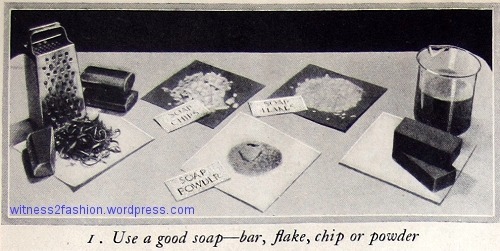
(Link) Laundry soap options in 1927. They included purchasing flakes, chips, or powder; liquifying your soap ahead of time (right); and (left) grating your own laundry soap from a bar. Fels Naptha soap, which came in a big bar, was rubbed on difficult stains and rings around the collar.
Laundromats
The first laundromat or 'washateria' was opened in Texas in 1934. (Link) Laundromats grew in popularity and spread across the country. These early laundromats had rentable electric washing machines like the ones already mentioned in this post. Clothes were taken home damp to be ironed.
In the 40s the name laundromat became common to describe self-serve laundry. This name actually comes from a brand of automatic washing machine. (Link) Laundromats helps familiarize consumers with washing machines and grow their trust in them, thus ushering in the domestic washing machine age in the 50s and 60s and the decline of commercial laundry services.
Steve may have used a washateria or laundromat in the late 30s or early 40s but the machines would be different. They may have looked something like this:

Toploading washing machine bought in 1939 (Link) It has a motorized mangle.
This blog also has many 1940s ads to show other styles of washing machines. I think our modern washings machines would be somewhat recognizable if Steve saw these ads, but in general washing machines now look very different from the ones he probably saw.
Dryers
If one didn't hang their clothes to dry they were probably wealthy enough to have air dryers which became available in the early 1920s. These were rooms or cupboards. "These dryers could be powered by electricity, gas, or kerosene. In a good dryer, heated air circulated around the clothing so that the clothes did not bake and yellow. The hot air was pulled out of the cabinet and up a chimney" (Link).
Richer folks could also have their clothes dry in sunlit or steam-heated rooms at the top of their mansion or townhouse. (Link).

A sailor getting a uniform out of a clothes dryer in 1943 (link)
The first electric dryer was manufactured in 1938. (Link) Here's a picture of a 1940s dryer, it looks a bit like an oven.
Automatic dryers were slower to arrive. Launderettes had dryers after the war and this helped facilitate the arrival of dryers in the home.
Before dryers became common in laundromats clothes were taken back damp and ironed. This was more or less ideal anyways since clothes needed to be damp to be ironed if you didn't have a steam iron (which was still a luxury).
Dryers would be very new or completely foreign for Steve. I doubt he used one.
Army Laundry Days
This post is already long (I know), so quick coverage of what I found here.
Army training camps had laundries. The army developed laundry trucks (Quarter Master Laundry Units) to service medical units and troops in the field.
When the trucks couldn't keep up with the front (although they did their best) soldiers made arrangements with local laundries or cleaned their clothes themselves.
Clothing exchange was sometime done instead of cleaning and returning the same clothes to speed up the process. This was done most often with front line troops, often in conjunction with showers.
Steve specialised uniform (really, all of the commandos' uniforms) would probably complicate this process which is really interesting to think about. This wash trucks wouldn't be able to just bring standard uniforms to switch out since they were all wearing different uniforms from different armies. If it could be arranged beforehand they might be able to bring a new uniform for Steve, but I wonder if he wore regular fatigues most of the time and only switched into his Captain America suit during active missions to make things easier.
The mobile laundries also organized clothing repair.
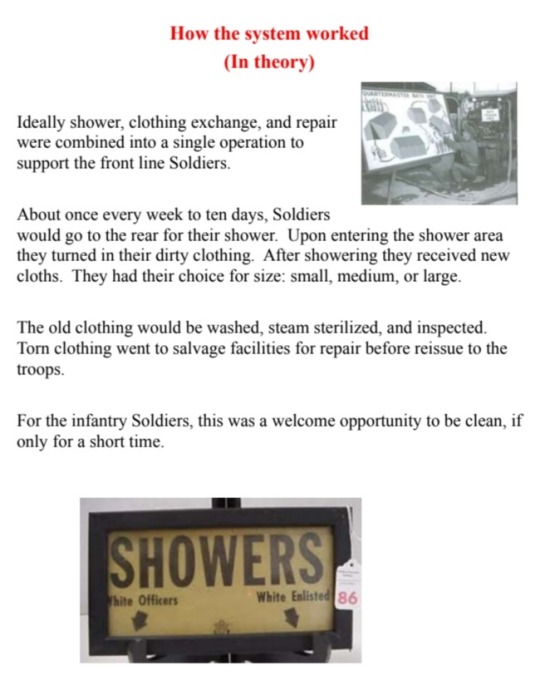
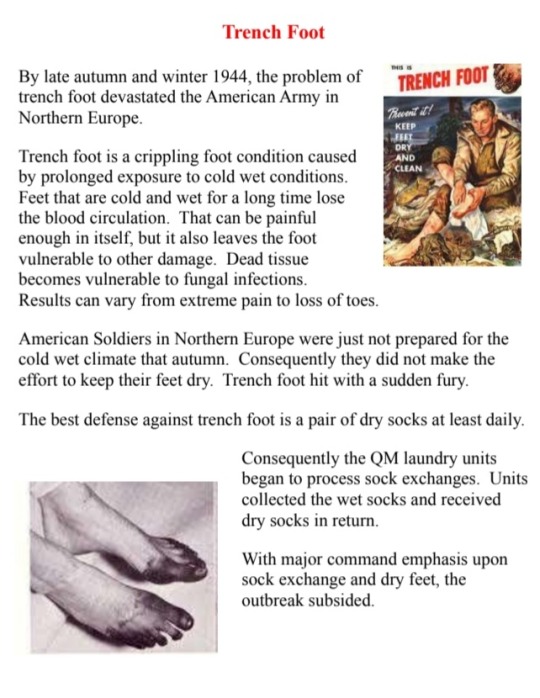
This post got really long! I didn't get into the detailed steps of laundry before modern technologies really took off. But needless to say there's still a lot that could be said.
I have a housekeeping book from 1952 that goes into detail how to wash clothes. If anyone is interested in a post about that, you can let me know. I also have a catalogue reproduction showing laundry machines and prices from the early 20th century if anyone is interested,
Sunday Steve Masterpost
#sunday steve#steve rogers#laundry#washing machines#dryers#early 20th century#american history#history#Sarah rogers#washing clothes#laundromat#steve rogers meta#meta
28 notes
·
View notes
Photo
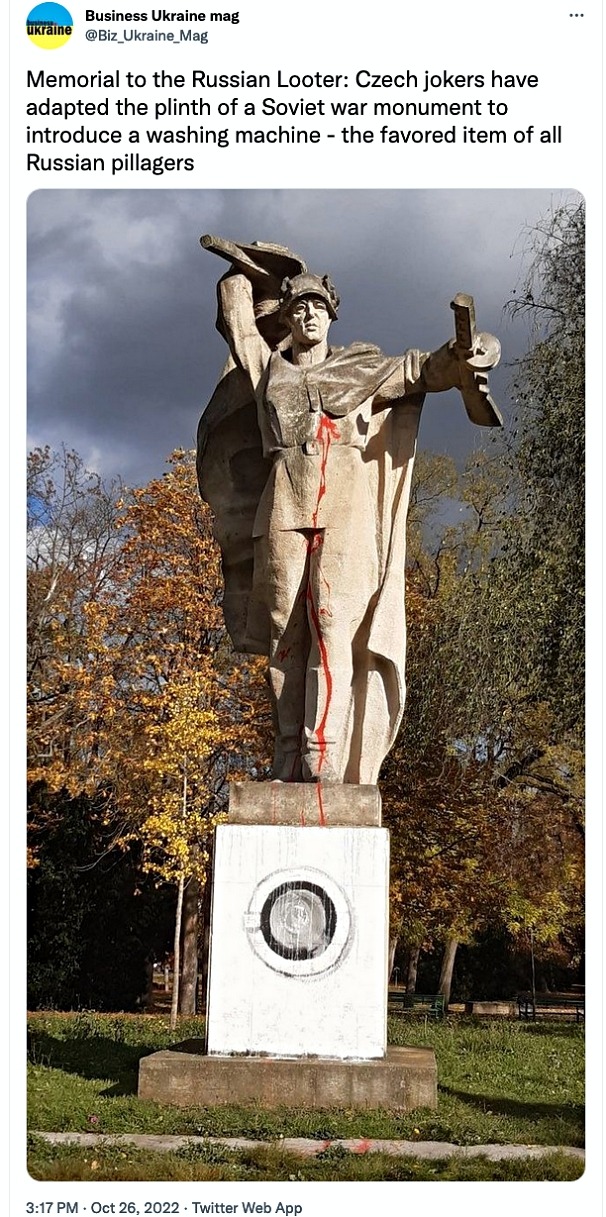
From @Biz_Ukraine_Mag on Twitter
Monument to the Unknown Russian Looter
The Czech Republic (then part of Czechoslovakia) was colonized by Russian imperialists after World War II. During the occupation which lasted until 1989 the occupiers constructed a lot of Soviet war memorials. The purpose may have been to remind the Czechs of the Soviet military presence in the country.
Most of those monuments are now gone. But some creative Czech artists modified one of the remaining ones to make a statement about the mass looting in Ukraine by Putin’s invaders.
Putin’s invasion of Ukraine is an attempt to restore the Soviet Union of his youth in all but name. People in Eastern Europe have no illusions about Russia.
Americans need to learn a lot more about Eastern Europe so that they understand that Russia is not a normal country and Putin is not a normal leader.
#czech republic#soviet war memorial#washing machines#russian looting#invasion of ukraine#russia#russian imperialism#vladimir putin#česko#ruský imperialismus#my s ukrajinou#rusko#rusko je třetí říše v barvě#россия#руки прочь от украины!#оркостан#владимир путин#путин хуйло#долой путина#нет войне#военные преступления#союз постсоветских клептократических ватников#україна переможе#слава україні#eastern european studies#stand with ukraine
227 notes
·
View notes
Photo

I guess the engineers who built my dishwasher MIGHT have some insight into how to load it, but instead of reading the booklet they gave me, it seems easier to experiment for years and then get in arguments so heated that I get banned from Quora.
Washing Machine Settings [Explained]
63 notes
·
View notes
Text

Speed Queen.
#vintage illustration#vintage logo#icons#icon#logo design#logos#corporate identity#speed queen#washing machines#laundry machines
8 notes
·
View notes
Text



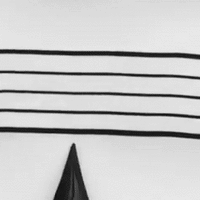





Shaded Moss (Warriors) stimboard
☽ - ✰ - ☾ ☽ - ✰ - ☾ ☽ - ✰ - ☾
#💙 sugar life posting 🌙#stimboards#stimboard#Ancient Tribe#Shaded Moss#Warrior Cats#Warriors#drawing#music#music notes#sheet music#cleancore#washing machines#machinery#soap#soapy#stepping stones#stones#rocks#bodies of water#ponds#rain#raining#nature#plants#trees#leaves#roads#cars#driving
4 notes
·
View notes
Photo
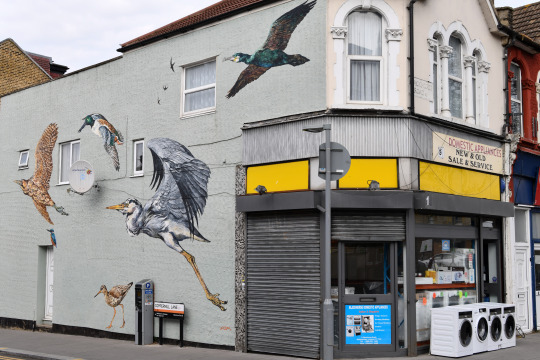
Washing machines and birds
A domestic appliances shop with a mural of various birds, Walthamstow
#birds#mural#washing machines#domestic appliances#shop#urban#street art#urban photography#documentary photography#Walthamstow#london#england#UK
144 notes
·
View notes
Text


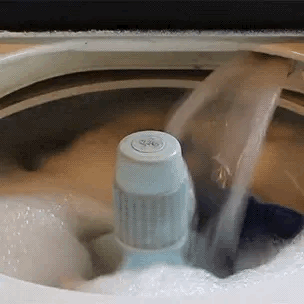

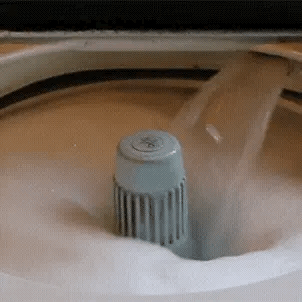




laundry
x - x - x | x - x - x | x - x - x
#stim#stimboard#teddy posts#suds#bubbles#washing machines#laundry#clothing#cleancore#cleaning#white#spinning#detergent#laundry mat#laundrymat
85 notes
·
View notes
Photo

(via Ode To My Hella Old Washing Machine | by Lucy Dan 蛋小姐 (she/her/她) | The Brain is a Noodle | Dec, 2022 | Medium)
6 notes
·
View notes
Photo

"Maytag Co. display at Industrial Exposition." Photographed summer 1926 in Washington, D.C.
#vintage#Model T Roadster#1920s#washing machine#Ford pickup#Washington DC#Gyrafoam#washing machines#Thorobreds#product exhibition
27 notes
·
View notes
Text
youtube
Yeah, this thing pissed me off enough, I'm posting about it on Tumblr of all places.
4 notes
·
View notes
Photo

Laundry Room Laundry
Small transitional l-shaped dedicated laundry room image with a side-by-side washer and dryer, an undermount sink, flat-panel cabinets, white cabinets, quartz countertops, white walls, and a yellow floor.
#overhead lighting#stainless sink#washing machines#white painted cabinets#dryer#undercabinet lighting#led lighting
2 notes
·
View notes
Text
WASHING MACHINES
A washing machine is a home appliance used to wash laundry. The term is mostly applied to machines that use water as opposed to dry cleaning or ultrasonic cleaners. The user adds laundry detergent, which is sold in liquid powder, or dehydrated sheet form to the wash water.
Capacity and cost are both considerations when purchasing a washing machine. All else being equal, a machine of higher capacity will cost more to buy, but will be more convenient if large amounts of laundry must be cleaned. Fewer runs of a machine of larger capacity may have lower running costs and better energy and water efficiency than frequent use of a smaller machine, particularly for large families. However, running a large machine with small loads is typically inefficient and wasteful, unless the machine has been designed to handle such situations.

ADVANTAGES:
1. Washing machine saves time.
2. Washing machines are simple to use and maintain.
3. Improved life of clothing.
4. No excess water.
5. Simpler clothes drying.
SOCIAL IMPACT:
The historically laborious process of washing clothes was at times described as women's work. The spread of the washing machine has been seen to be a force behind the improvement of women's position in society.
Before the advent of the washing machine, laundry was done first at watercourses, and later in public wash-houses. Camille Paglia and others argue that the washing machine led to a type of social isolation of women, as previously communal activity became a solitary one.
ENVIRONMENTAL IMPACT:
Due to the increasing cost of repairs relative to the price of a washing machine, there has been a major increase in the yearly number of defective washing machines being discarded, to the detriment of the environment. The cost of repair and the expected life of a machine may make the purchase of a new machine seem like the better option.
#washing machines#uses of a washing machine#why should i buy a washing machine#impact of washing machines#environmental impact of washing machines#social impact of washing machines#what to consider when buying a washing machine#advantages of having a washing machine
2 notes
·
View notes
Photo

Art study I did from the movie Tekkonkinkreet
#tekkonkinkreet#anime study#study#krita#black and white#manga#anime#art#drawing#background#background study#washing machines#digital art#murderduck
4 notes
·
View notes
Photo

Laundry Laundry Room
Large, modern laundry room with a gray floor and a concrete floor, an integrated sink, flat-panel cabinets, dark wood cabinets, stainless steel countertops, gray walls, and a washer and dryer side by side.
#interior designer#concrete flooring#stainless steel counter#laundry room storage#washing machines#lighting
3 notes
·
View notes
